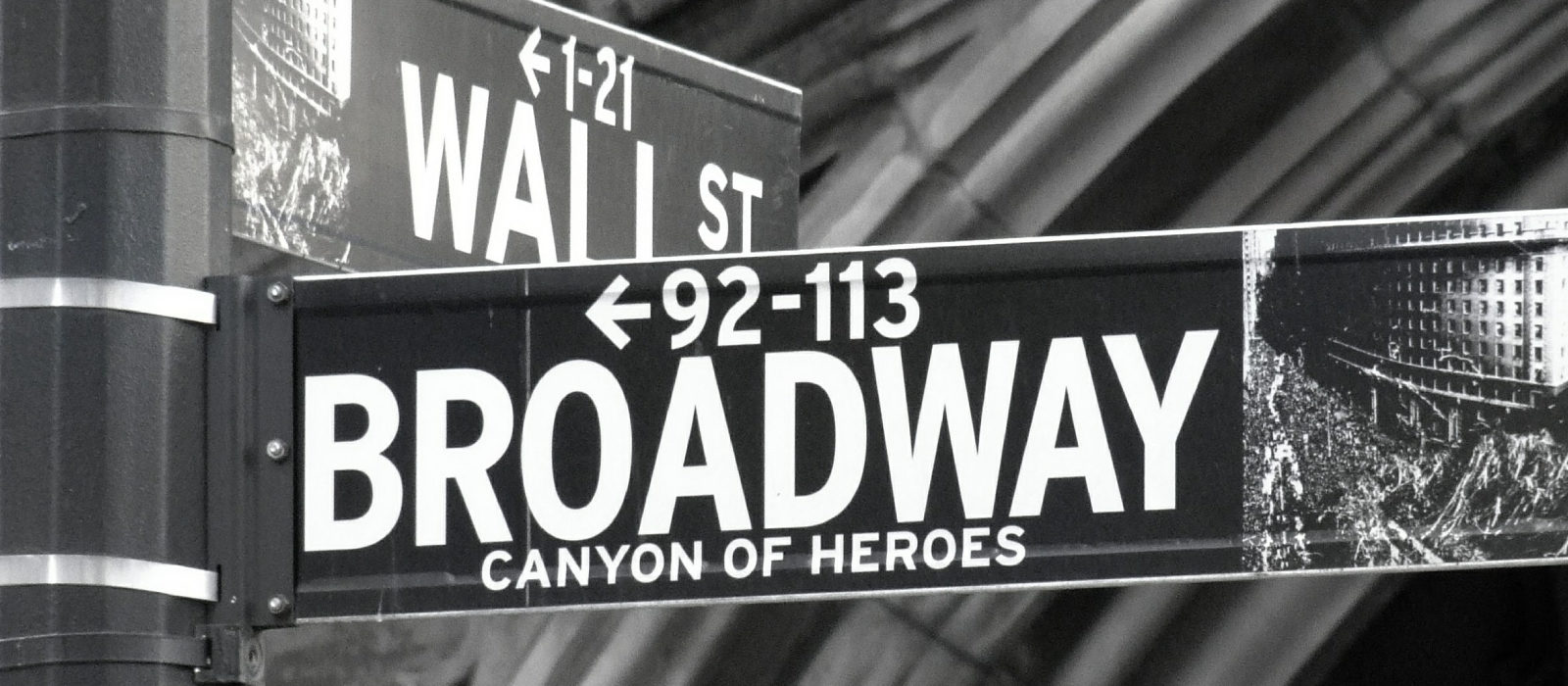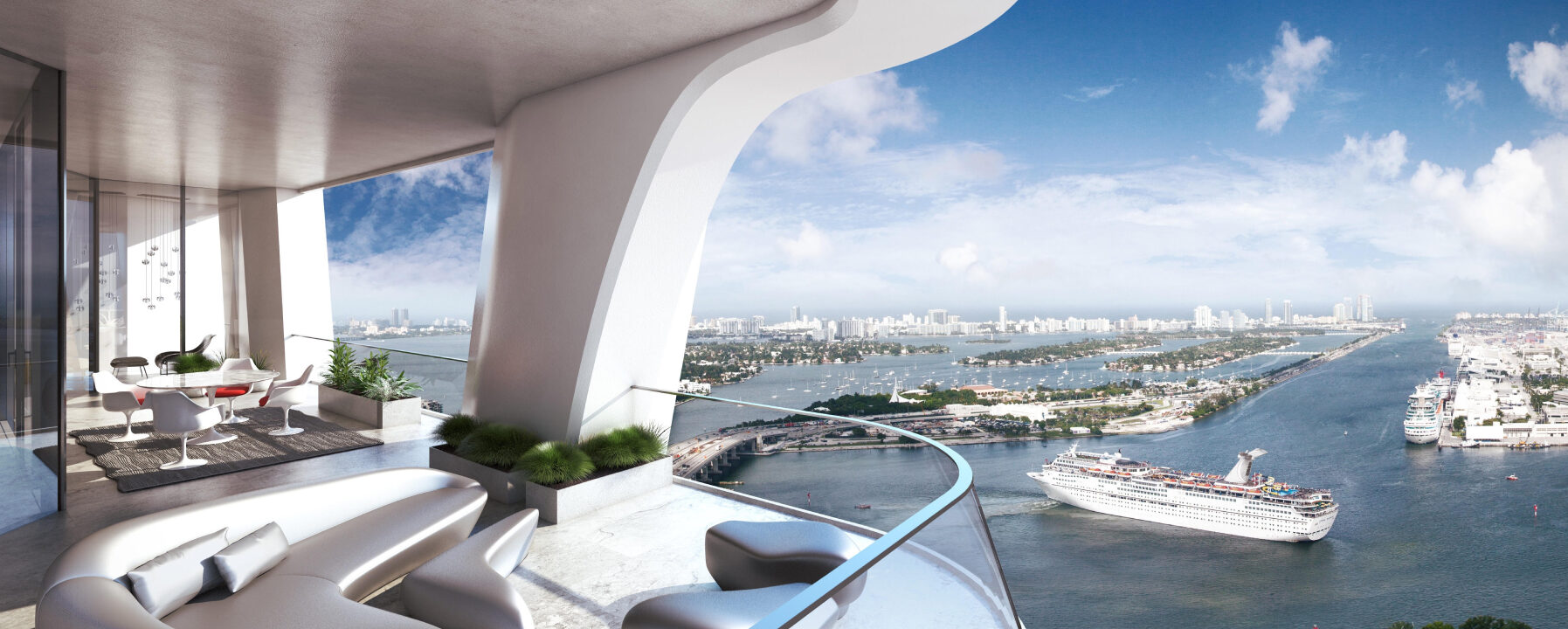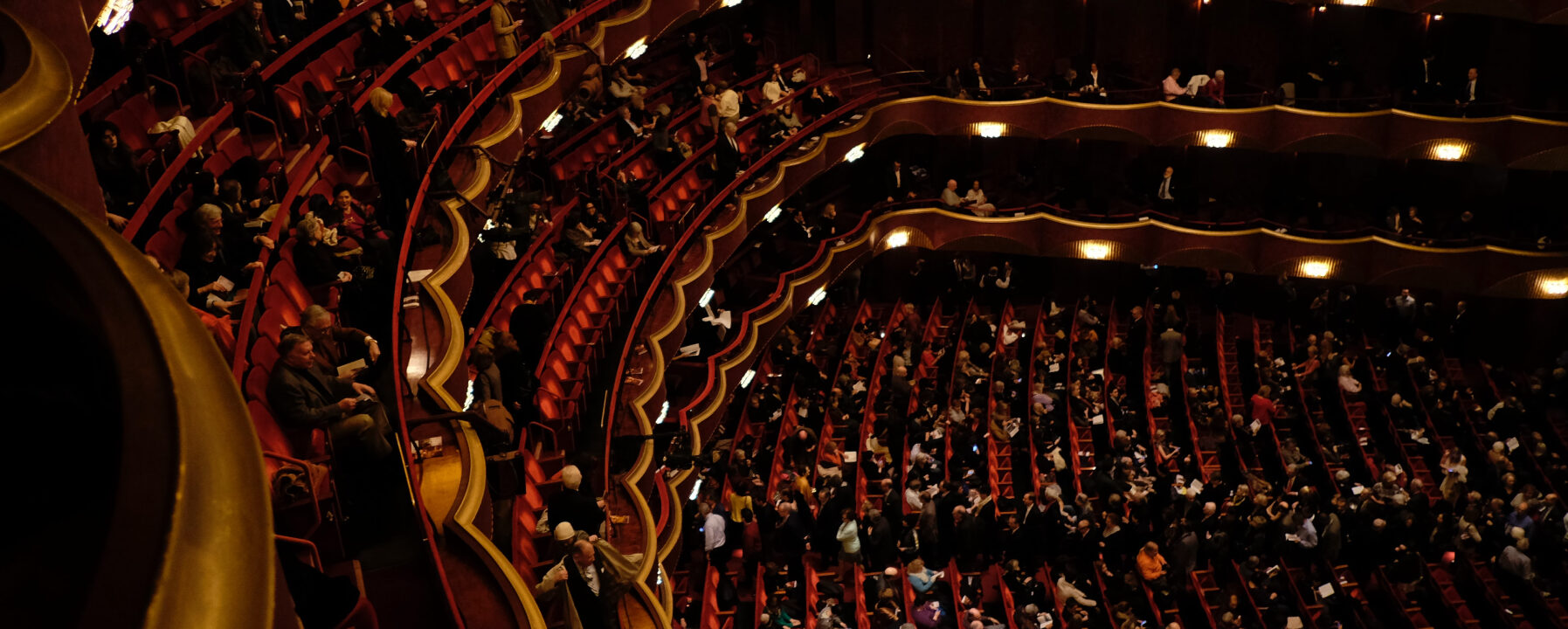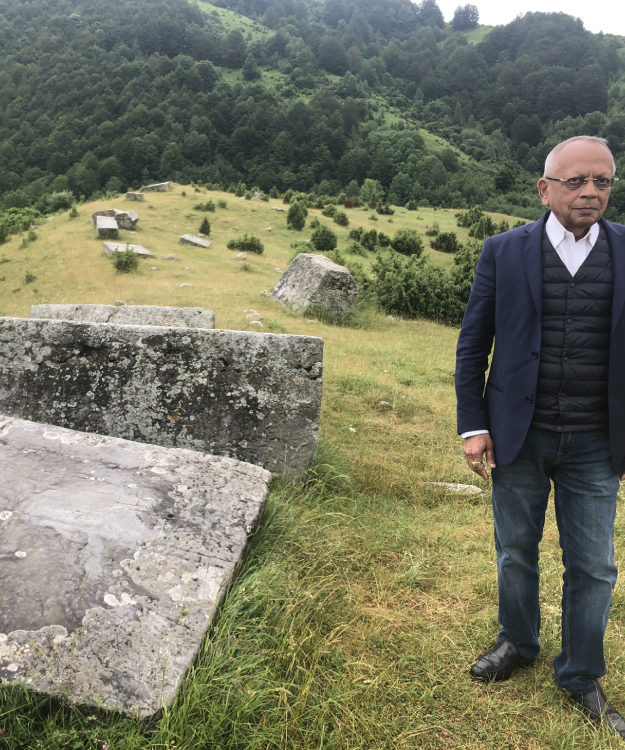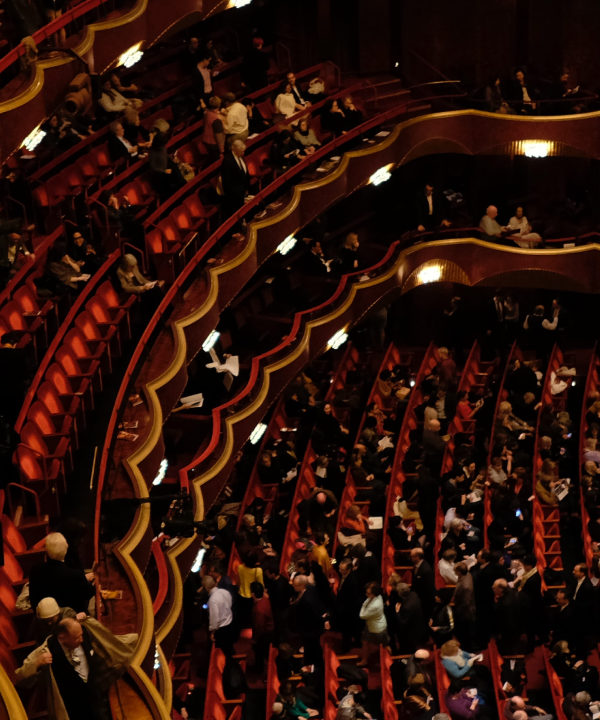Since its American debut at The Park Avenue Armory, The Damned has had New Yorkers of a certain breed mesmerised. The show was virtually sold out long before it opened with tickets for the best seats costing a measurable percentage of your net worth. The availability of such haute culture is creating a new hierarchy of needs that only a New Yorker can understand and find imperative.
With a 55,000 square foot hall and an 80 foot high barrel vaulted roof, The Park Avenue Armory in New York is a unique space that allows theatricality on a scale that directors and theater lovers can rarely imagine. The sheer vastness of the space has permitted unconventional renderings of old plays. As for example, when a virtual heath was created for the production of Macbeth and as the audience walked in escorted by ushers in the robes of monks, theyfelt transported to the glens of Scotland. Kenneth Branagh played the role of Macbeth and Lady Macbeth walked on a stone arch, candle in hand lamenting the “damned spot”. The New York Times gushed with praise stating, “Hearts beat fast in the thrilling production that has transformed the Armory into a war zone and every breath starts to feel like a gasp.”
More recently, Federico Garcia Lorca’s devastating drama Yerma was shown there, the space masterfully used to give the sense of entrapment, obsession and the inevitability of fate. Part American Palace and part Industrial Shed, the Armory is ideal for unconventional works in the visual and performance arts that need non-traditional spaces for their full realization. Here audiences can be treated to epic and adventurous presentations that cannot be seen elsewhere in New York. Peter Sellars ritualized Bach’s magnificent masterpiece St Thomas Passion at the Armory with Simon Rattle conducting the Berliner Philharmoniker for the US premiere and hailed it as “the single most important thing we ever did “.
I saw Visconti’s 1969 film The Damned many years ago as a student. Even though I didn’t grasp the enormity of the film – after all most of us were not affected by the atrocities of WWII, it nevertheless made a lasting impact on me. So when I read about Ivo Van Hove’s theatrical adaption coming to The Park Avenue Armory , I knew I was about to witness theatre at its best. Ivo Van Hove ,with his brilliant collaborator Jan Versweyveld ,was responsible for Arthur Miller’s “View from the Bridge” and “The Crucible” which played on Broadway last year to critical success. I had seen many productions of these American icons over the past 20 years though Van Hove’s interpretation had a freshness which added many layers and interpretations to an otherwise oft-visited play.
The Damned, a production of the Comedie Francais took theatricality to a different level partly because of its deft use of multimedia that permitted the director to almost entrap the audience as they witness a German steel dynasty during the Nazi era, in its death throes. It’s a brilliant stage adaptation of Visconti’s 1969 film loosely based on the Krupp dynasty.
Mr Ivo Van Hove’s unique rendition manages to grip the audience with imagery that crackles and feels immediate. We know that everyone will get seared and almost no one will survive at least not in any recognizable form. The audience shivers at the inevitability that is engulfing the protagonists and you know as you watch the drama unfold that these images will be hard to erase from memory, a feeling underscored by the pulsing throes of Eric Sleichems’s sound.
The use of multimedia has enabled the creation of multiple impressions on the stage, all at the same time. For example, we also witness the rather unquiet graves to which they descend. In these images is wrapped the essence of the title – the Damned. Indeed they are damned for all eternity.
This is easily the most intense, harrowing, soul-searching, and gut wrenching piece of theater I have seen on the NY stage during the past 10 years. It’s an experience that comes rarely but when it does, it creates an imperative need for every artistically inclined person to experience this once-in-a lifetime theatrical opportunity.
But be warned, this play is not for the faint of heart or those with overly sensitive souls. In which case, I recommend re-runs of Mary Poppins or even The Sound of Music.
Some of the forth coming attractions to The Armory this year are Everything that Happened and would Happen. German composer Heiner Goebbels stages history that is
deeply experiential, fascinatingly polyphonous and completely hypnotic as The Stage, UK described it. Part-performance, part-construction site, this ground breaking work is a poetic re-enactment of history always on the verge of collapse and only to rebuilt as if nothing had happened. Also coming is Judgment Day by Richard Jones. Odon von Horwath’s seldom-performed 1937 play is an intriguing hybrid of theatrical genres: part moral fable, part sociopolitical comedy, part noirish thriller. And recently, The Armory showcased Stefano Massini’s epic The Lehman Trilogy , directed by Sam Mendes. A totally immersive experience in story telling – a three-act drama about the spectacular rise and fall of the gigantic Wall Street phenomenon The Lehman Brothers. Truly, a triumphant production for the ages.
